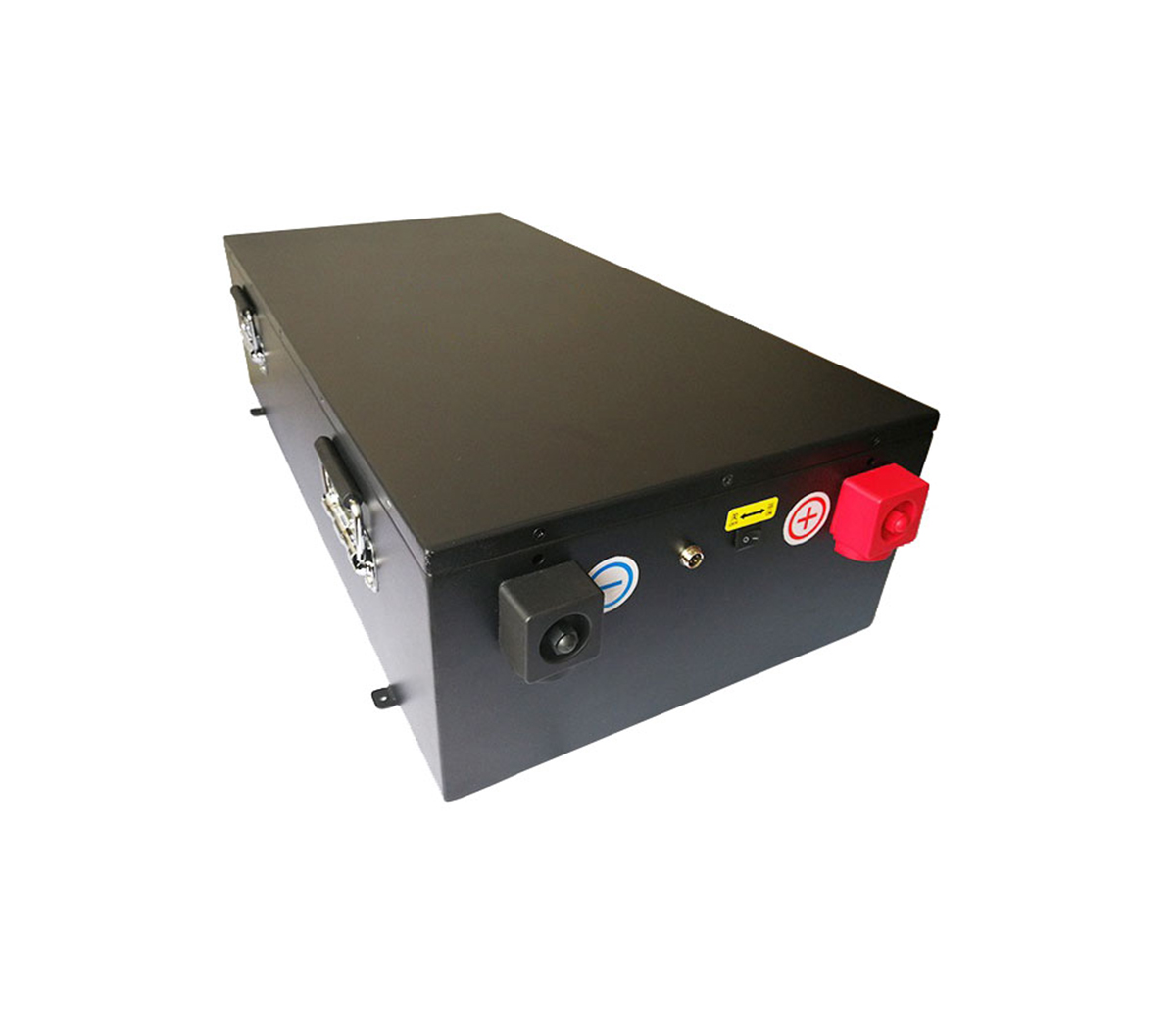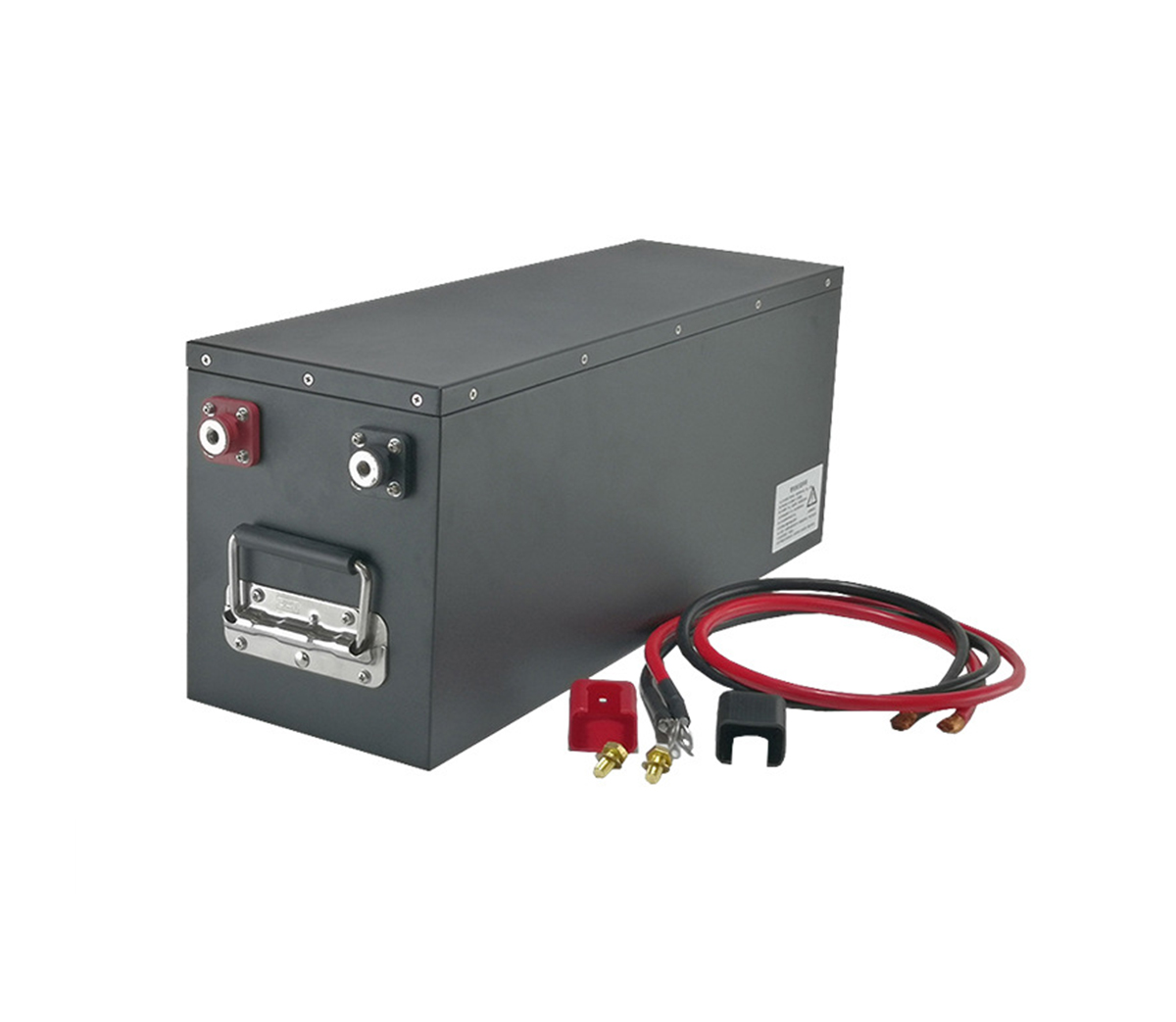Lithium-ion
batteries are the fastest-growing secondary batteries after
nickel-cadmium and nickel-hydrogen batteries. It has become an
indispensable part of people's life. However, lithium-ion batteries are
not perfect, and the biggest problem is the stability of their
charge-discharge cycles.
This problem plagues engineers in the
lithium battery industry. Even though SES Power has nearly 20 years of
lithium battery customization services, we are still plagued by this
problem. To this end, we use high-quality raw materials and batteries
from excellent manufacturers, such as 12V100Ah, 24V100Ah, 36V100Ah,
48V100Ah using EVE, CATL, BYD square aluminum lithium iron phosphate
batteries, home energy storage 3KW, 5KW systems, racks energy storage
systems and other products. But that also means a relatively high
price, and it does make sense that performance dictates the price.
The reason for this annoying problem is briefly analyzed by SES Power below. First, let's start with the principle.
Lithium-ion
batteries have different intercalation energies when intercalation
reactions occur between the two electrodes, and in order to obtain the
best performance of the battery, the capacity ratio of the two host
electrodes should maintain a balanced value.
In lithium-ion
batteries, the capacity balance is expressed as the mass ratio of the
positive electrode to the negative electrode,
That is: γ=m+/m-=ΔxC-/ΔyC+
In
the above formula, C refers to the theoretical coulombic capacity of
the electrode, and Δx and Δy refer to the stoichiometric number of
lithium ions embedded in the negative electrode and the positive
electrode, respectively. It can be seen from the above formula that the
required mass ratio of the two poles depends on the corresponding
Coulomb capacity of the two poles and the number of their respective
reversible lithium ions.

Generally
speaking, a smaller mass ratio leads to incomplete utilization of the
negative electrode material; a larger mass ratio may cause a safety
hazard due to the overcharge of the negative electrode. In short, at
the optimized mass ratio, the battery performance is the best.
For
an ideal Li-ion battery system, the capacity balance does not change
during its cycle, and the initial capacity in each cycle is a certain
value, but the actual situation is much more complicated. Any side
reaction that can generate or consume lithium ions or electrons may
lead to changes in the battery capacity balance. Once the capacity
balance state of the battery is changed, the change is irreversible and
can be accumulated through multiple cycles, which has a negative
impact on battery performance. Serious impact.
In lithium-ion
batteries, in addition to the redox reactions that occur when lithium
ions are deintercalated, there are also a large number of side
reactions, such as electrolyte decomposition, active material
dissolution, and metallic lithium deposition.
A: Overcharge
a1. Overcharge reaction of graphite negative electrode:
When the battery is overcharged, lithium ions are easily reduced and deposited on the surface of the negative electrode:
The
deposited lithium coats the negative electrode surface, blocking the
intercalation of lithium. This results in reduced discharge efficiency
and capacity loss. During fast charging, the current density is too
large, the negative electrode is severely polarized, and the deposition
of lithium will be more obvious.
a2. Positive electrode overcharge reaction
When
the ratio of positive electrode active material to negative electrode
active material is too low, positive electrode overcharge is likely to
occur. The capacity loss caused by overcharge of the positive electrode
is mainly due to the generation of electrochemically inert substances
(such as Co3O4, Mn2O3, etc.), which destroy the capacity balance
between the electrodes, and the capacity loss is irreversible.
(1) LiyCoO2
LiyCoO2→(1-y)/3[Co3O4+O2(g)]+yLiCoO2 y<0.4
At
the same time, the oxygen generated by the decomposition of the
positive electrode material in the sealed lithium-ion battery
accumulates at the same time because there is no recombination reaction
(such as the generation of H2O) and the flammable gas generated by the
decomposition of the electrolyte, and the consequences will be
unimaginable.
(2) λ-MnO2
The lithium-manganese reaction occurs when the lithium-manganese oxide is completely delithiated: λ-MnO2→Mn2O3+O2(g)
a3. The electrolyte is oxidized when overcharged
When
the pressure is higher than 4.5V, the electrolyte will oxidize to
generate insolubles (such as Li2Co3) and gas. These insolubles will
block the micropores of the electrode, which will eventually hinder the
migration of lithium ions, resulting in capacity loss.
A small
amount of electrolyte is consumed each time it is charged, so more
electrolyte is needed when the battery is assembled. For a constant
container, this means that a smaller amount of active substance is
loaded, which results in a decrease in the initial capacity. In
addition, if a solid product is produced, a passivation film will be
formed on the surface of the electrode, which will increase the
polarization of the battery and reduce the output voltage of the
battery.
B: The water content is too high
Excessive
water content in the electrolyte will generate LiOH(s) and Li2O
deposits, which are not conducive to lithium ion intercalation,
resulting in irreversible capacity loss:
H2O+e→OH-+1/2H2
OH-+Li+→LiOH(s)
LiOH+Li++e-→Li2O(s)+1/2H2
The
generated LiOH(s) is deposited on the electrode surface to form a
surface film with high resistance, which hinders Li+ intercalation into
the graphite electrode, resulting in irreversible capacity loss. A
small amount of water (100-300×10-6) in the solvent has no effect on
the performance of the graphite electrode.
C: Self-discharge
Self-discharge
refers to the phenomenon that the battery loses its capacity naturally
when it is not in use. There are two types of capacity loss caused by
self-discharge of lithium-ion batteries: reversible capacity loss and
irreversible capacity loss.
Reversible capacity loss means that
the lost capacity can be recovered during charging, while irreversible
capacity loss is the opposite, and this part of the capacity loss
cannot be recovered during charging. The negative electrode active
material may interact with the electrolyte to cause self-discharge and
cause irreversible capacity loss.
During the manufacturing
process of the cell, these factors will affect the self-discharge
performance: the manufacturing process of the positive electrode
material, the manufacturing process of the battery, the properties of
the electrolyte, temperature, and time. The self-discharge rate is
mainly controlled by the solvent oxidation rate, so the stability of
the solvent affects the storage life of the battery.
If the
negative electrode is in a fully charged state and the positive
electrode self-discharges, the capacity balance in the battery is
disrupted, resulting in permanent capacity loss.
During
prolonged or frequent self-discharge, lithium may deposit on the
carbon, increasing the capacity imbalance between the electrodes. So
why does SES Power suggest that customers need to keep the battery at a
certain capacity (usually 30% of the remaining capacity) when the
battery is not used for a long time, charge and discharge the lithium
battery every 6 months, etc. Especially high-rate lithium batteries and
lithium iron phosphate batteries that can be used normally at -40
degrees Celsius, these special lithium batteries should pay more
attention to protecting their performance.



































